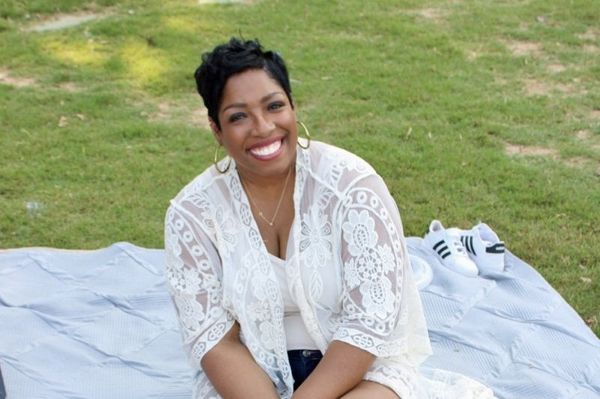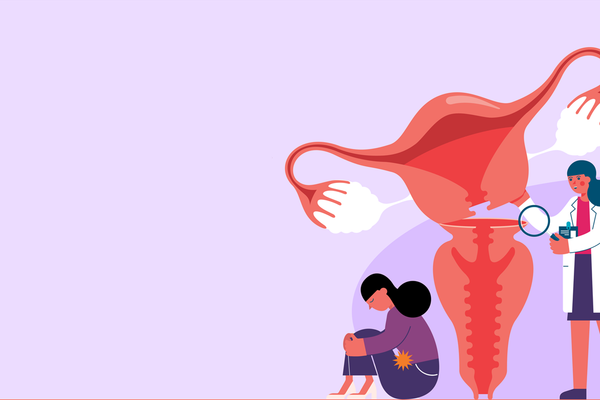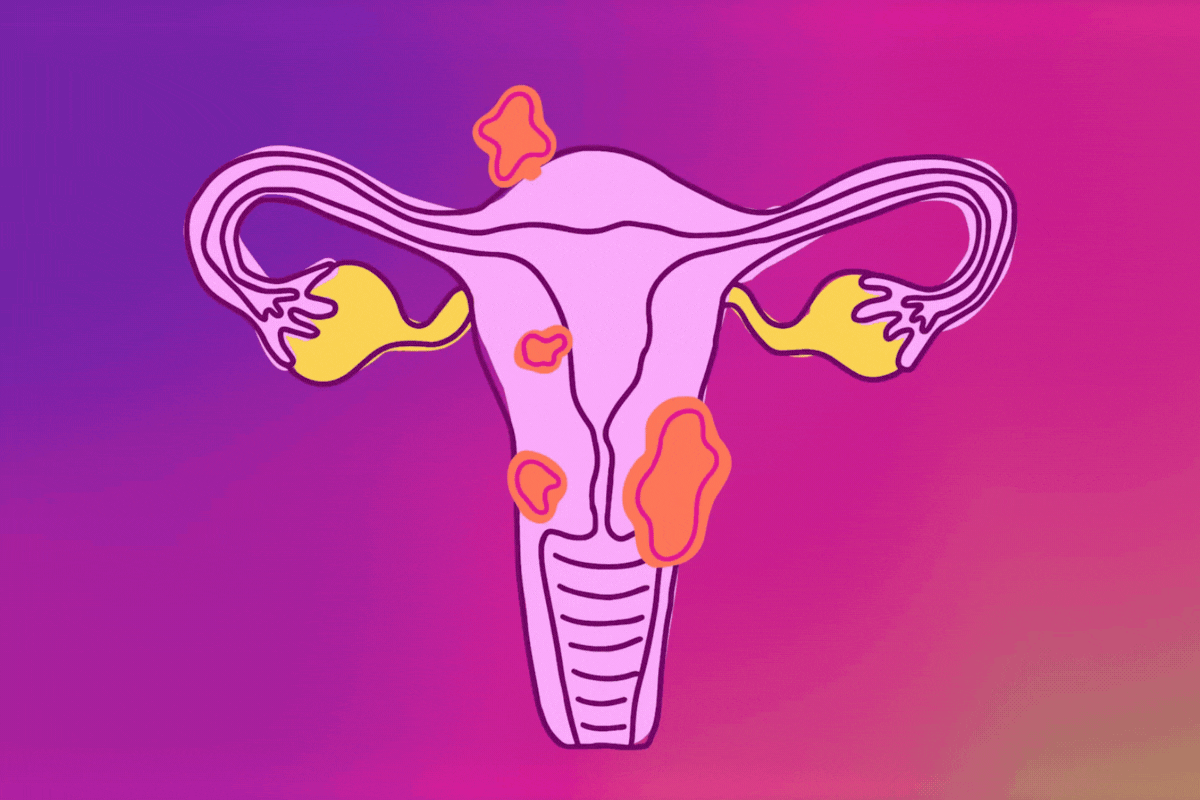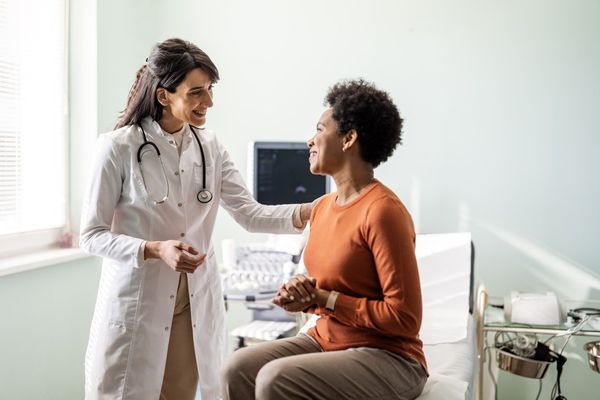During the months Tanika Gray Valbrun spent recovering from a myomectomy to remove 27 fibroids from her uterus, she began wondering why so little public awareness or acknowledgment existed about a condition 20%-80% of women experience by age 50.
Fibroids — noncancerous growths of the uterus, called leiomyomas or myomas — emerge during the reproductive years. Because many are asymptomatic, women might only learn of their existence during a routine pelvic examination or a pregnancy ultrasound.
However, those with symptomatic fibroids can't escape their presence. They can lead to heavy menstrual bleeding for weeks or grow so large that they cause abdominal distortion and pain. Other symptoms include frequent urination, constipation, painful sex, infertility, backaches and anemia from the ongoing blood loss.
Black women are disproportionately affected by uterine fibroids, with 80% receiving a diagnosis by age 50, compared to 70% of white women. Black women are also more likely to report severe symptoms requiring treatment and to develop fibroids at a younger age.
"You get very reflective when you have those eight weeks, and you're trying to heal," said Gray Valbrun, a senior content producer for CNN in Atlanta, who is Black. "It's interesting how I had to really sacrifice so much of what I enjoy, like getting dressed up, because of fibroids. If you have fibroids, you don't wear white. Your wardrobe is filled with black and other dark colors because if you have an accident, people will see it. You learn so many ways to protect yourself instead of dealing with the issue as to why we have fibroids."
That reflection was the genesis of The White Dress Project, the nonprofit she started in 2015 to increase awareness of uterine fibroids, raise funds for research, and end the stigma that causes women to suffer in private. The organization's advocacy was instrumental in July being declared Uterine Fibroid Awareness Month by health organizations and some state legislatures.
"I wanted to ensure we created a space for women to share their stories because if we don't, no one understands what we're going through," Gray Valbrun said. "No one knows you're taking a personal day because you've been bleeding for 14 days in a row. Or that you're on the bathroom floor in the fetal position in pain. I felt it was important to eliminate the shame around that."
Causes and treatments
Researchers are still seeking answers about the development of uterine fibroids and their higher prevalence among Black women. There is a genetic component, and it's common to see mothers, daughters and sisters all experiencing fibroids. Being overweight and heavy alcohol consumption are also risk factors.
There has been speculation that diets high in meat products and hormones may also be risk factors, but the research is inconclusive. Some studies have shown connections between lower Vitamin D levels and fibroid growth, and African Americans are more likely to suffer from Vitamin D deficiency.
There are a number of treatment options available, ranging from medications to more invasive surgical procedures.
Noninvasive options include birth control pills to help inhibit the menstrual cycle and decrease overall bleeding as well as medications that help shrink fibroids. In May, a new medication received FDA approval for treatment of heavy bleeding associated with uterine fibroids.
Another option is minor surgical procedures that can target the uterine lining or the fibroid itself to decrease bleeding and other symptoms while leaving the uterus intact. There's endometrial ablation, which surgically destroys uterine lining and uterine artery embolization, which blocks blood flow to the fibroids.
Women who want to retain their fertility but are suffering from debilitating symptoms might consider a myomectomy, a surgical procedure that removes the fibroids and reconstructs the uterus. A hysterectomy removes the uterus altogether to provide a permanent solution, but would be a last resort, especially for a woman desiring to have children.
Dr. Jessica Shepherd, an OB/GYN at Baylor University Medical Center and a member of HealthyWomen's Women's Health Advisory Council, suggests that women discuss their treatment goals with their medical provider.
"Most women come in with the concern or problem and ask me 'what options do I have?'" Shepherd said. "It's my responsibility as a physician to talk to them and present all options available based on whatever their journey is or whatever their symptoms are at the time. We have a well thought out discussion navigating through those decisions and discovering which one they feel is for them."
Anecdotal evidence suggests that Black women are offered a hysterectomy as a first treatment option, and studies show that they are two to three times more likely to undergo the procedure than white women.
Shepherd didn't believe the stories until she began seeing how many Black female patients came in seeking a second opinion after other doctors offered hysterectomy as the only option. That's why she suggests women suffering from fibroid tumors also do their own research. Being knowledgeable about the condition and options empowers them to advocate for themselves when meeting with their medical providers.
"There are some women who haven't had fibroids impact their daily life to a degree where something has to be done right away, while others might need something done right now," Shepherd said. "They have to figure out where they are in that process to determine the best option for them."
Gray Valbrun continues to fight her battle with fibroids after starting her organization and is dedicated to educating women about the condition.
Online resources
The White Dress Project
CARE About Fibroids
The Fibroid Foundation






